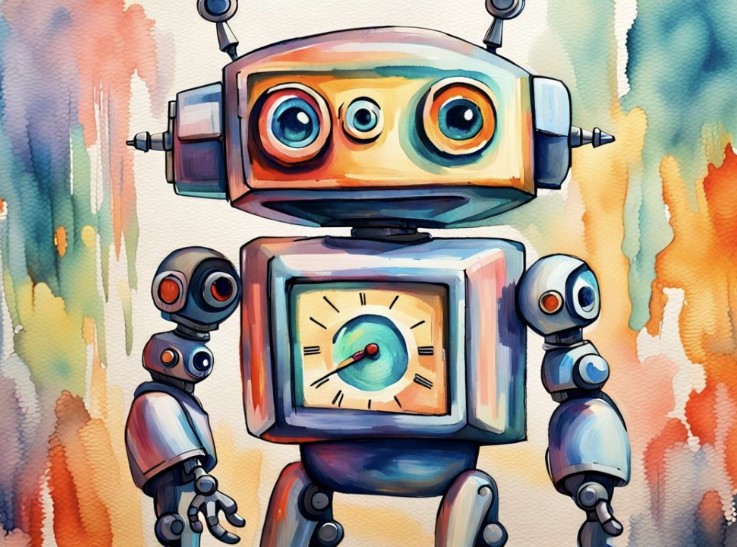
Technology continues to evolve at a rapid pace, pushing the boundaries of what’s possible and transforming how we interact with the world around us. From wearable devices that enhance personal health to robotics that automate complex tasks, let’s delve into the exciting new frontiers of technology and how these innovations are shaping our future.
1. Wearable Technology: Enhancing Personal Health and Connectivity
Wearable technology has revolutionized how we monitor and manage our health. Beyond fitness trackers, modern wearables integrate advanced sensors and AI algorithms to provide real-time insights into our physical well-being. Smartwatches track heart rate variability, sleep patterns, and stress levels, empowering users to make informed decisions about their health. Wearables also enhance connectivity, allowing seamless communication and access to information directly from our wrists.
2. Artificial Intelligence: Driving Innovation Across Industries
Artificial intelligence (AI) serves as the backbone of many technological advancements, enabling machines to learn, adapt, and perform tasks with human-like intelligence. In wearables, AI optimizes health data analysis and personalizes user experiences based on individual preferences. AI-powered robotics are transforming industries by automating manufacturing processes, performing intricate surgeries with precision, and even assisting in disaster response and exploration missions.
3. Robotics: Revolutionizing Automation and Human Assistance
Robotics has evolved from factory floors to become integral parts of our daily lives. Autonomous robots perform tasks ranging from package delivery and warehouse management to eldercare and household chores. Collaborative robots, or cobots, work alongside humans in shared spaces, enhancing productivity and safety. Advances in robotics combine with AI to create machines capable of learning from their environments and adapting to new challenges, paving the way for smarter and more efficient automation solutions.
4. Virtual and Augmented Reality: Immersive Experiences and Practical Applications
Virtual reality (VR) and augmented reality (AR) technologies offer immersive experiences that blend digital content with the physical world. VR headsets transport users to simulated environments for gaming, training, and virtual tourism. AR applications overlay digital information onto real-world settings, enhancing education, navigation, and interactive marketing. As these technologies become more accessible and integrated into everyday devices, they open new avenues for creativity, learning, and collaborative work environments.
5. Sustainable Tech: Innovating for a Greener Future
Sustainability is a key focus in the development of new technologies. From energy-efficient wearables to robotics designed for resource optimization, tech innovations are driving solutions to environmental challenges. Solar-powered devices, recyclable materials, and smart energy management systems contribute to reducing carbon footprints and promoting eco-friendly practices. As consumers and industries prioritize sustainability, technology plays a crucial role in creating a more sustainable and resilient future.
Conclusion
As we explore the new frontiers of technology—from wearables that enhance health monitoring and connectivity, to robotics that automate tasks and assist humans in diverse fields, and innovations in VR/AR that transform how we interact with digital content—the potential for positive impact on society and industries is limitless. Embracing these advancements responsibly and innovatively will not only improve efficiency and convenience but also contribute to creating a more connected, sustainable, and prosperous world for generations to come.